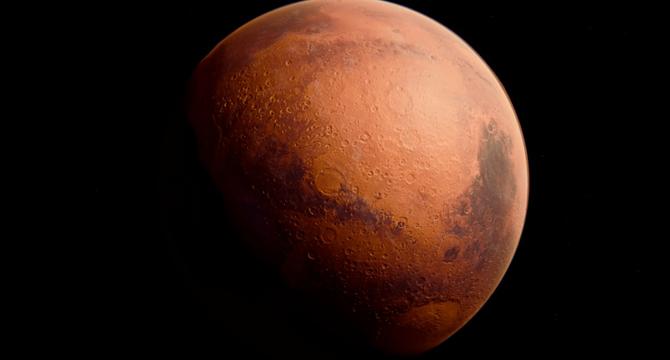COSMOS
1M
255

Image Credit: COSMOS
The Red Planet slowly gives up its oceanic secrets
- Recent research indicates Mars may have once had cool water in large volumes, potentially supporting microbial life.
- Using radar data from the Chinese Zhurong rover, scientists identified geological formations on Mars resembling coastlines from an ancient ocean.
- Chemists studying the Red Planet's rusty hue suggest Mars's red color is likely due to the presence of a mineral called ferrihydrite, formed in cool, wet conditions.
- The discovery of ferrihydrite implies Mars rusted earlier than previously thought, highlighting the planet's watery past.
- A team of researchers has developed a miniature laser-powered mass spectrometer to detect traces of microbial life in gypsum, a mineral found on Mars.
- Gypsum is known for its fossilization potential, preserving biological structures and chemical biosignatures, making it an important target for life detection.
- Detecting fossils of alien life on Mars would be a groundbreaking scientific discovery with implications for future rover missions.
- The innovative detection method could aid in locating potential sites for future exploration, although researchers emphasize the need for additional validation methods.
- Understanding Mars's watery history and the presence of potential biosignatures is crucial for exploring the possibility of past microbial life on the Red Planet.
Read Full Article
15 Likes
For uninterrupted reading, download the app